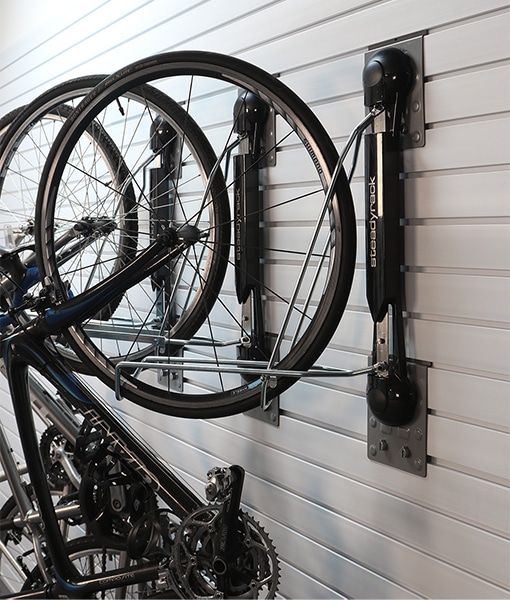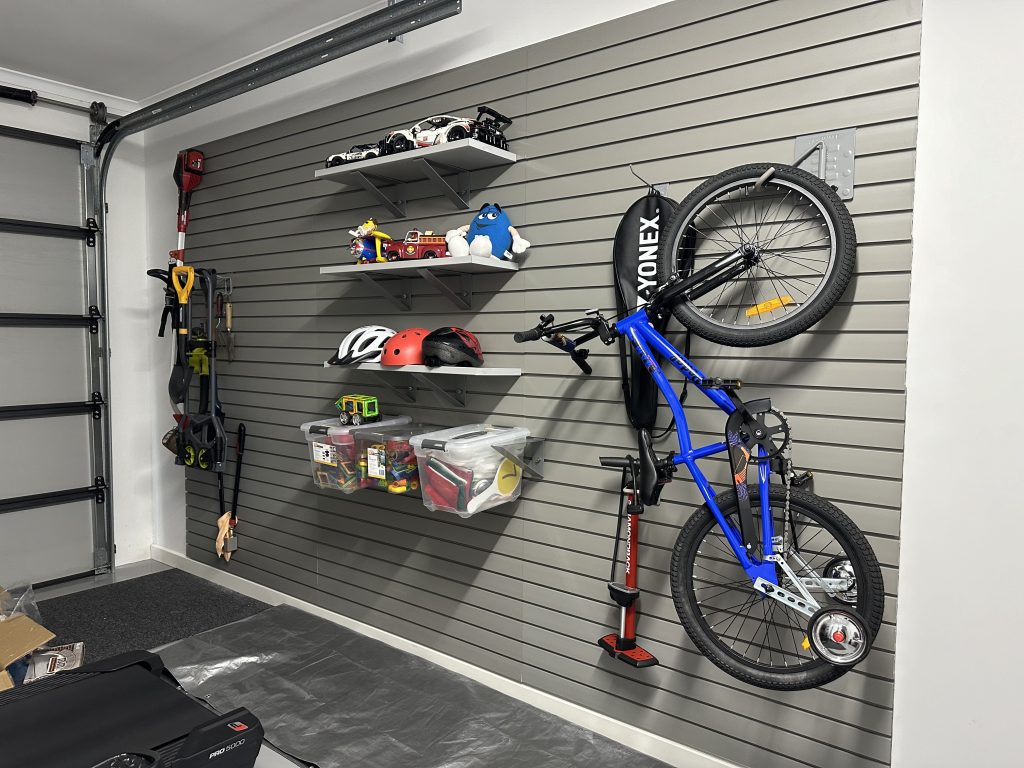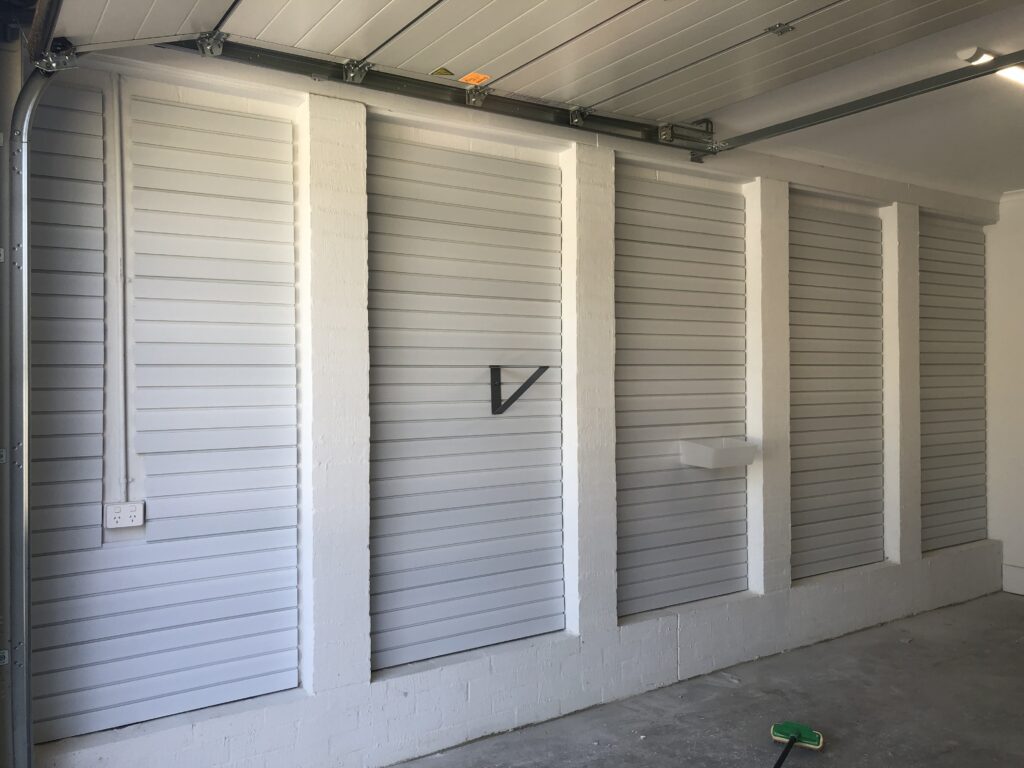
In the world of wall storage solutions, slatwall systems are a popular choice for both residential and commercial use. Two primary materials used in slatwall systems are PVC (Polyvinyl Chloride) and MDF (Medium Density Fiberboard). This article provides an in-depth comparison of PVC vs MDF slatwall, examining their characteristics, benefits, and applications to help you make an informed decision.

Material Composition and Properties
PVC Slatwall:
- Composition: Made from polyvinyl chloride, a type of plastic known for its durability and resistance to moisture.
- Properties: Lightweight, waterproof, and resistant to mold and mildew. It can be easily cleaned and maintained.
- Aesthetics: Available in various colors and finishes, often designed to mimic wood grain or other textures.
MDF Slatwall:
- Composition: Made from wood fibers bonded with resin under heat and pressure.
- Properties: Heavier than PVC, with a solid, dense structure. It is susceptible to moisture and may swell or warp if not properly sealed.
- Aesthetics: Typically comes in a smooth, painted finish, but can also be laminated or veneered to achieve different looks.
PVC vs MDF Slatwall – Durability and Strength
PVC Slatwall:
- Durability: Highly durable and resistant to impacts, scratches, and chemicals.
- Load Capacity: Generally supports lighter to moderate loads, depending on the thickness and quality of the PVC.
MDF Slatwall:
- Durability: Strong and capable of supporting heavier loads. However, it is less resistant to physical damage and moisture compared to PVC.
- Load Capacity: Typically higher than PVC, making it suitable for heavier items when properly installed.
Installation and Maintenance
PVC Slatwall:
- Installation: Easier to handle and install due to its lightweight nature. Often features interlocking panels for seamless installation. Can be easily cut to manage powerpoints and garage door brackets. The use of Installstrips makes installation less complicated and safer, delivery a very strong, robust garage storage system.
- Maintenance: Low maintenance, requiring only occasional cleaning with mild soap and water.
MDF Slatwall:
- Installation: Heavier and more challenging to install, requiring more robust mounting hardware and support structures. Panels are typically larger and heavier to carry, hold, and fasten to the wall.
- Maintenance: Requires careful maintenance to avoid moisture exposure. Can be painted or refinished if scratched or damaged.
Cost and Affordability – PVC vs MDF Slatwall
PVC Slatwall:
- Cost: Generally more expensive than MDF due to the manufacturing process and material properties. Installstrips can add to the price of the solution.
- Long-Term Value: Offers long-term value due to its durability and low maintenance requirements. Will last over 10 years. Installstrips are galvanised eliminating rust.
MDF Slatwall:
- Cost: More affordable upfront but may incur additional costs for sealing and maintenance over time.
- Long-Term Value: Can be a cost-effective solution for dry environments where moisture exposure is not a concern.
Environmental Considerations
PVC Slatwall:
- Environmental Impact: Made from plastic, which raises concerns about sustainability and recyclability. However, some manufacturers use recycled PVC in their products. StoreWALL wall panels are 100% Recyclable – Class 3 recyclable.
MDF Slatwall:
- Environmental Impact: Made from wood fibers, which are a renewable resource. However, the production process involves the use of formaldehyde-based resins.
- Recyclability: Can be recycled, but the presence of adhesives and finishes may complicate the process.

Applications and Use Cases
PVC Slatwall:
- Best For: Environments where moisture and humidity are concerns, such as garages, basements, and retail spaces.
- Common Uses: Ideal for organizing tools, sports equipment, and retail displays.
MDF Slatwall:
- Best For: Indoor environments with controlled humidity, such as retail stores, showrooms, and home offices.
- Common Uses: Suitable for displaying merchandise, organizing household items, and creating decorative wall features.
Conclusion – PVC vs MDF Slatwall
Choosing between PVC and MDF slatwall depends on your specific needs and environment. PVC slatwall offers superior moisture resistance, durability, and ease of maintenance, making it ideal for high-humidity areas and heavy-duty applications. By understanding the key differences and advantages of each material, you can select the slatwall system that best suits your storage and organizational needs.